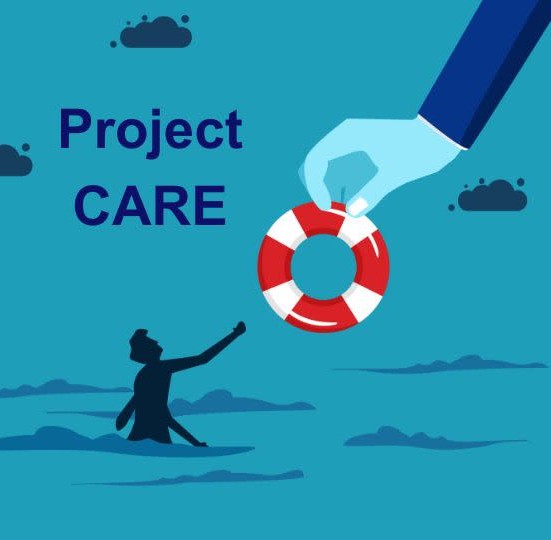
New Launch... From Surviving to Thriving: A New Approach to Healthcare Worker Wellness
Three weeks in a row, I left work early with crushing migraines. As a clinical social worker with over 30 years in healthcare and author of nearly 30
books on stress management, I was teaching others how to handle stress—yet I was barely surviving my own.
That moment of desperation led to a breakthrough that's now helping nurses across our region move from merely surviving their shifts to truly thriving in
their careers.
The Crisis in Our Backyard
The statistics are staggering: 65% of nurses report high stress and burnout, 58% feel burned out most days, and 40% plan to leave the
workforce within five years. Behind these numbers are real people working in our local hospitals like Penn Medicine Princeton, RWJ Barnabas, and
Capital Health.
There's Margaret—a nurse with 34 years of experience who told me, "Carol, I don't think I can go on. I'm burnt out."
Why Traditional Stress Management Fails
Here's what I discovered during my own crisis: we've been approaching stress completely wrong. Traditional methods—take deep breaths, go for a
walk, meditate—only address either the mind OR the body. But stress involves both.
Think of your nervous system as a faucet and your body as a tub. Turn the faucet on at 7 a.m., leave it running until 7 p.m.—what happens? Overflow.
Healthcare workers have this incredible superpower to compartmentalize—moving from one patient to another, one crisis to the next. But over time, that
compartment fills up, and if it never gets emptied, it overflows.
The Two-Step Solution
Animals understand stress recovery instinctively. An antelope escaping a predator first stops the stress response, then shakes violently to discharge
trapped energy. Finally, it runs free as if nothing happened.
Humans interrupt this natural cycle, staying stuck in chronic activation.
The solution is two specific steps done together, in order:
1. Stop the stress response (turn off the faucet)
2. Discharge the trapped energy (drain the tub)
When I started using the right tools in the right order for just 60 seconds during my workday, something remarkable happened. First week: no migraine.
First month: no migraine.
I began teaching this method to patients and staff. They too reported their stress and anxiety cut in half.
Margaret's Transformation
Today, Margaret is happy in her career and never more at peace. She still has challenging days, but because she learned these tools and uses them
daily, she manages her stress and keeps it from overflowing.
"I finally feel like I can not just survive, but thrive in this profession I love," she told me recently.
Introducing Project CARE
I created Project CARE to bring this help directly to nurses who don't have access to support like me as Margaret did. This pilot program teaches my
method in just 3 minutes a day and can be used anywhere, anytime—even during a busy shift.
Because I want to personally ensure each participant's success, I can only work with a limited number of nurses right now. This program is completely
free, but requires commitment:
➡️ Watch a 30-minute training
➡️ Use the tools 3 minutes daily for 21 days
➡️ Complete simple daily tracking
➡️ Participants who submit weekly trackers are entered in monthly drawings for $300 gift cards.
Your Next Step
If you're a nurse struggling with stress, or know one who is, this could be life-changing. Applications are being reviewed first-come, first-served.
Apply at stresssmarter.info/care
Our healthcare heroes have given everything to care for others. It's time we gave them the tools to care for themselves.
Carol Rickard is a clinical social worker and leading workplace stress authority with over 30 years in healthcare and creator of the Project Care program.
Images


Additional Info
Media Contact : Carol Rickard, LCSW
Related Links : https://carolrickard.com/project-care/
